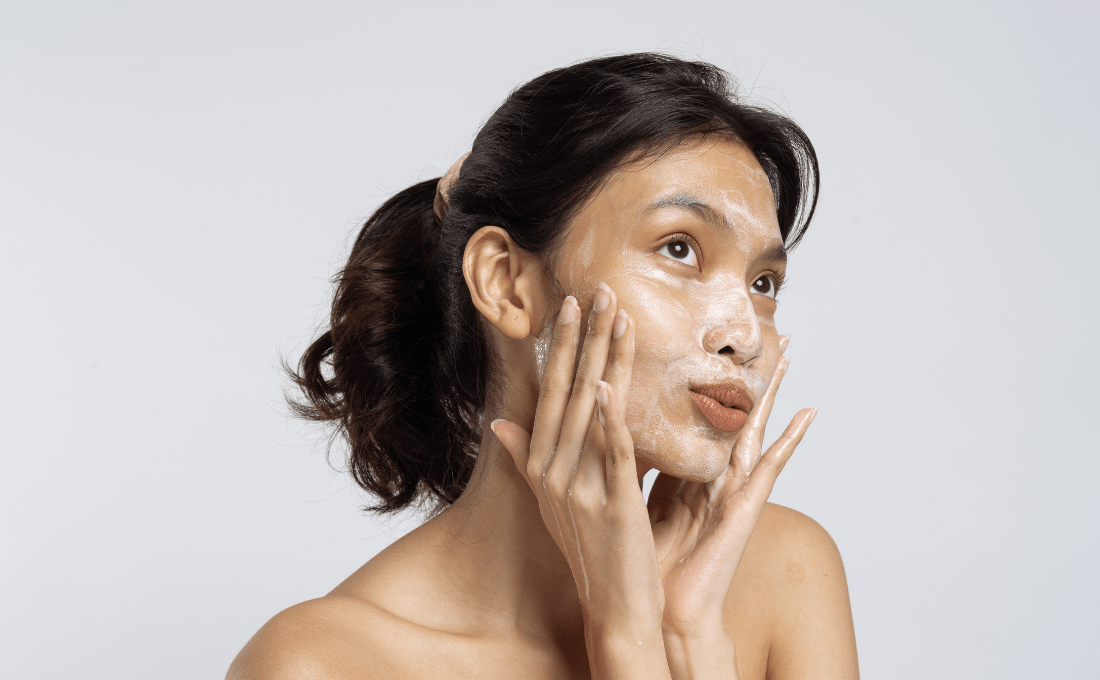Slugging
Slugging is a skincare trend that has gained popularity in recent years, particularly in Korean beauty routines. It involves applying a thick layer of occlusive moisturizer, such as petroleum jelly, to the face before going to bed to help lock in moisture and create a barrier that prevents transepidermal water loss or TEWL. Transepidermal water loss (TEWL) is the process of water evaporating through the outer layer of the skin, which can be deterimental to hydration levels.
The term “slugging” refers to the shiny, greasy appearance of the skin after applying the occlusive moisturizer, which resembles the slimy trail left behind by a slug. While the idea of slathering petroleum jelly all over the face may seem counterintuitive, it can actually be an effective way to hydrate and protect the skin. Occlusive moisturizers work by forming a barrier on the surface of the skin that helps to trap moisture and prevent it from evaporating. This can be particularly beneficial for individuals with dry or dehydrated skin, as well as those with compromised skin barriers.
To try slugging, start by cleansing and toning the skin as usual. Then, apply a thin layer of your regular moisturizer to the skin. Next, apply a thick layer of petroleum jelly or another occlusive moisturizer on top of the regular moisturizer, making sure to cover the entire face. Leave the moisturizer on overnight and rinse off in the morning. While slugging can be an effective way to hydrate and protect the skin, it is important to note that it may not be suitable for all skin types. Individuals with oily or acne-prone skin may find that the thick layer of moisturizer clogs their pores and exacerbates breakouts. Additionally, some individuals may be allergic or sensitive to certain ingredients in occlusive moisturizers.




